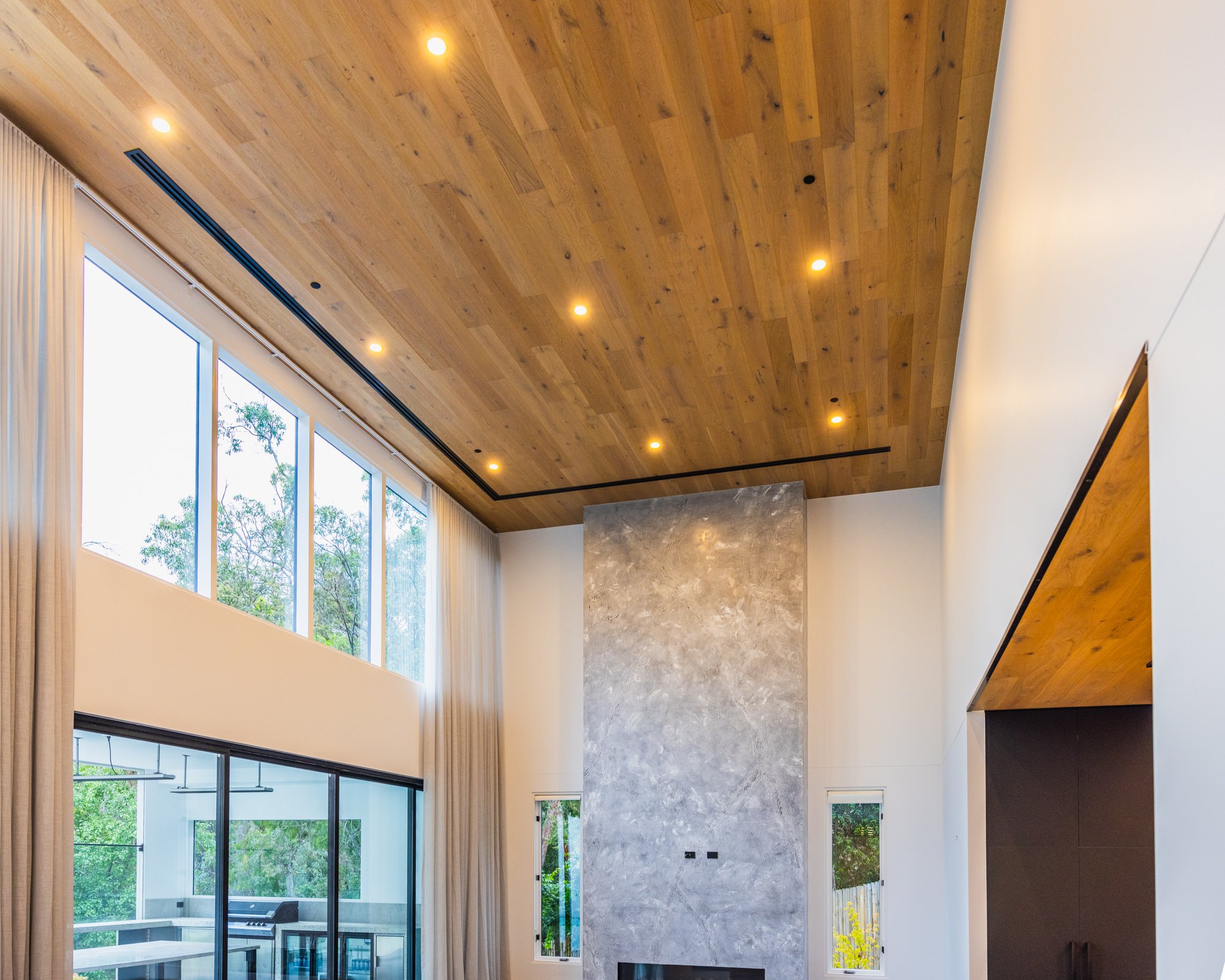Renovations and Retrofits: A Guide
Whether you're planning a major renovation or simply updating your home, integrating fire sprinklers can significantly enhance your property's safety. This guide will walk you through the key considerations and steps involved in incorporating fire sprinklers into your renovation or retrofit project.
Understanding the Importance of Fire Sprinklers
Fire sprinklers are not just for commercial buildings or new constructions; they can be a critical addition to any home, significantly increasing safety and potentially saving lives. Residential fire sprinklers react to heat, controlling or even extinguishing a fire before it can spread. This immediate action reduces fire damage and can give your family extra time to escape in an emergency.
Evaluating your Home’s Needs
Before diving into installation, it's important to assess your home's specific needs, such as:
Structure and Layout: consider the size and layout of your home. Different areas may require different types of sprinkler heads or system configurations.
Water Supply: check your existing water supply's capacity to ensure it can support a sprinkler system. You may need to upgrade your water main or install a pump for adequate pressure and flow.
Planning the Installation
Consult Professionals: Hiring a certified fire protection engineer or a specialist contractor can provide guidance tailored to your home’s specifics. They can help design a system that meets safety standards and integrates seamlessly with your renovation plans.
Integrating with Other Systems: Consider how the sprinkler system will interact with existing electrical, HVAC, and plumbing systems. Coordination with all contractors involved is crucial to ensure that the installation is smooth and all systems function properly together.
Aesthetic Considerations: Modern fire sprinklers can be surprisingly discreet. Discuss options like concealed sprinkler heads with your contractor, which can be hidden behind decorative plates and painted to blend with your ceiling.
Retrofitting Challenges
Retrofitting a sprinkler system in an existing home can be more challenging than incorporating it into new construction due to the need to navigate finished spaces and existing structures:
Access and Installation: Installation may involve opening walls or ceilings to run new piping. Plan for potential disruptions and discuss with your contractor how to minimise impact on your living space.
Cost Management: Retrofit projects can vary widely in cost based on access, materials, and labour required. Get multiple quotes and detailed breakdowns to understand where your money is going.
Benefits of Installing Fire Sprinklers During Renovation
Integrating fire sprinklers during renovations not only enhances safety but also adds value to your home. More importantly, it provides peace of mind, knowing that your home is equipped to protect your family in case of a fire.
Including fire sprinklers in your renovation plans is a proactive step towards modernising your home and enhancing safety. With careful planning and professional guidance, you can seamlessly integrate this essential safety feature into your home, ensuring it looks great and, more importantly, functions safely in case of an emergency.



